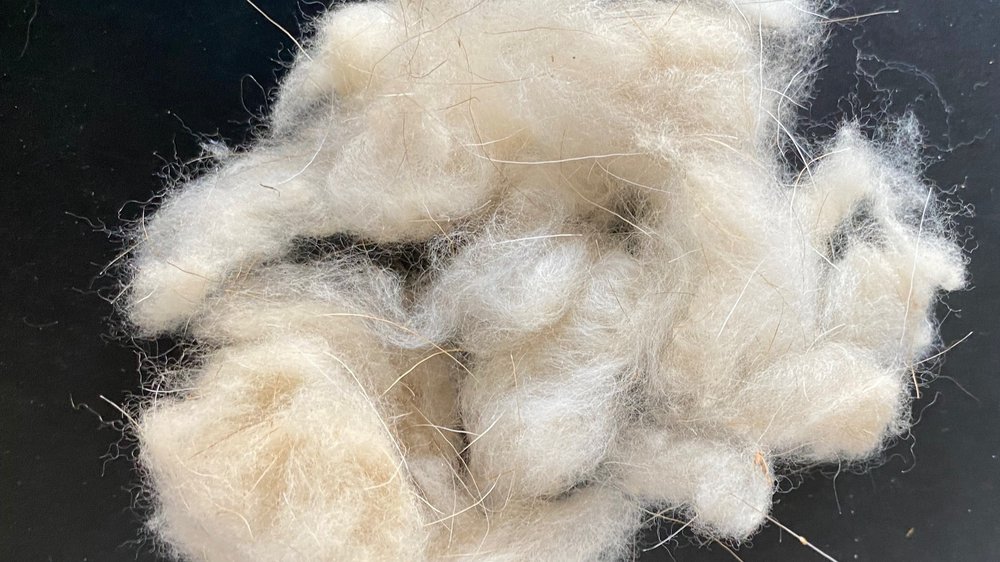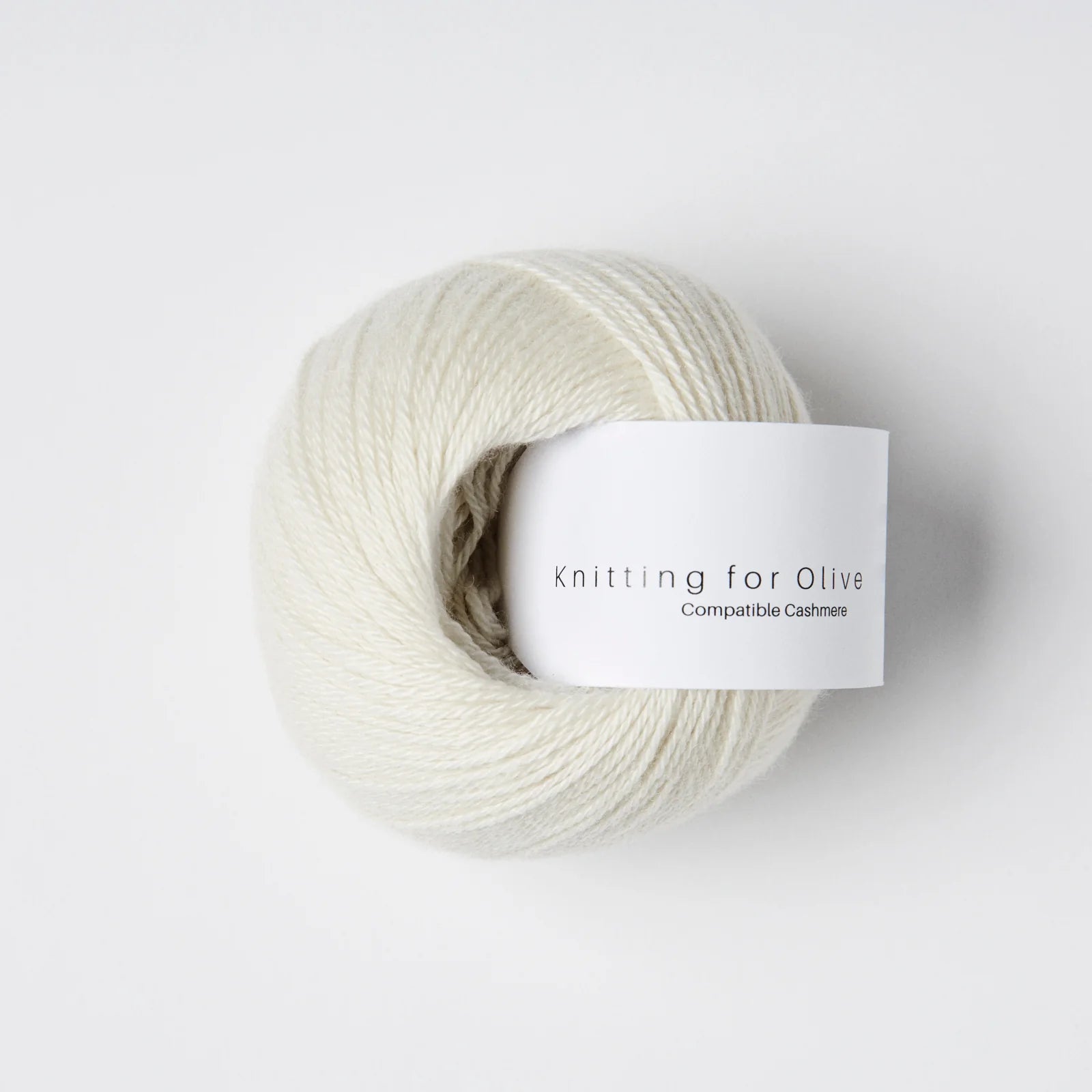How is cashmere Fibre Created and Why Is It So Sought After?
How is cashmere Fibre Created and Why Is It So Sought After?
Blog Article
Comprehending the Different Kinds of Cashmere an All-natural Fiber and Their Distinct Advantages

The Beginnings of Cashmere: A Historic Summary
While the lavish touch of cashmere remains to beauty modern-day consumers, its origins trace back to the rough, cold climates of Mongolia and the Mountain ranges. For centuries, the indigenous peoples of these areas have actually been increasing Capra Hircus goats, the prime source of cashmere woollen. These goats, durable against the severe wintertimes, grew a fine undercoat to make it through, which later came to be known as cashmere. The name itself pays homage to Kashmir, a region in India where the wool was originally refined. Much of the early cashmere profession route was assisted in by the Silk Road, linking Asia with the Center East and Europe. Despite its worldwide spread, the finest cashmere is still believed to stem from the initial regions of Mongolia and the Mountain Ranges.

The Production Refine: From Goat to Garment
Shearing a Capra Hircus goat marks the creation of the elaborate cashmere production procedure. This fragile treatment usually takes place annually throughout springtime. The penalty, soft undercoat is after that separated from the coarser outer hair, a process called dehairing. The resultant raw cashmere is after that washed to eliminate contaminations such as vegetable, dust, and grease issue.
The tidy fiber goes through dyeing, rotating, and weaving, or knitting, to change it into a textile. Complicated procedures like quality control checks and finishing procedures follow, making sure completion product maintains the lavish standard expected of cashmere. This meticulous procedure, from goat to garment, warrants the high cost affixed to cashmere items, making them a sign of luxury and improvement.
The Different Sorts Of Cashmere: A Comprehensive Evaluation

The Special Advantages of Cashmere: Convenience and Sustainability
Relocating from the selection of cashmere types to the benefits they supply, comfort and sustainability stand out plainly. Cashmere, an all-natural fiber, is renowned for its unmatched gentleness, offering a level of comfort that artificial fibers can't match.
When it involves sustainability, cashmere is cashmere a natural fiber is renewable and naturally degradable, as it's harvested from cashmere goats who regrow their coats yearly. what is cashmere. Unlike synthetic fibers which can take hundreds of years to decompose, cashmere's influence on the atmosphere is marginal. This mix of convenience and sustainability makes cashmere a valuable choice for aware customers

Caring for Your Cashmere: Upkeep and Conservation Tips
While cashmere is definitely a lavish and lasting choice, it requires particular treatment to preserve its top quality and expand its life expectancy. To begin, cashmere should be hand washed utilizing cold water and a light detergent. Cashmere items must be kept in a great and completely dry area, away from direct sunshine and dampness.
Spending in Cashmere: Understanding Its Value and Well Worth
Although cashmere may originally appear like an expensive financial investment, its long-lasting worth and worth become noticeable when you consider its remarkable top qualities. Recognized for its unmatched softness and heat, cashmere is a premium all-natural fiber that surpasses other materials. Spending in cashmere, therefore, is not simply concerning current fashion patterns, yet concerning embracing a lasting, durable, and lavish lifestyle.
Final Thought
In summary, the kind of cashmere one picks, be it Mongolian, Chinese, or Italian, is determined by specific preferences for heat, luxury, sustainability, and spending plan. Understanding the beginnings, manufacturing process, and unique benefits of various types of cashmere can lead customers in their investment in this glamorous all-natural fiber.
Whether it's the exceptional heat of Mongolian cashmere, the affordability of Chinese cashmere, or the eco-conscious manufacturing of Italian cashmere, there's a story to be found behind each fiber kind. Cashmere, a natural fiber, is renowned for its unparalleled soft qualities, giving a level of comfort that artificial fibers can't match.When it comes to sustainability, cashmere is biodegradable and eco-friendly, as it's harvested from cashmere goats that regrow their coats each year. Recognized for its unequaled softness and heat, cashmere is a costs natural fiber that outshines other materials. Understanding the beginnings, manufacturing process, and unique advantages of different types of cashmere can guide consumers in their financial investment in this glamorous all-natural fiber.
Report this page